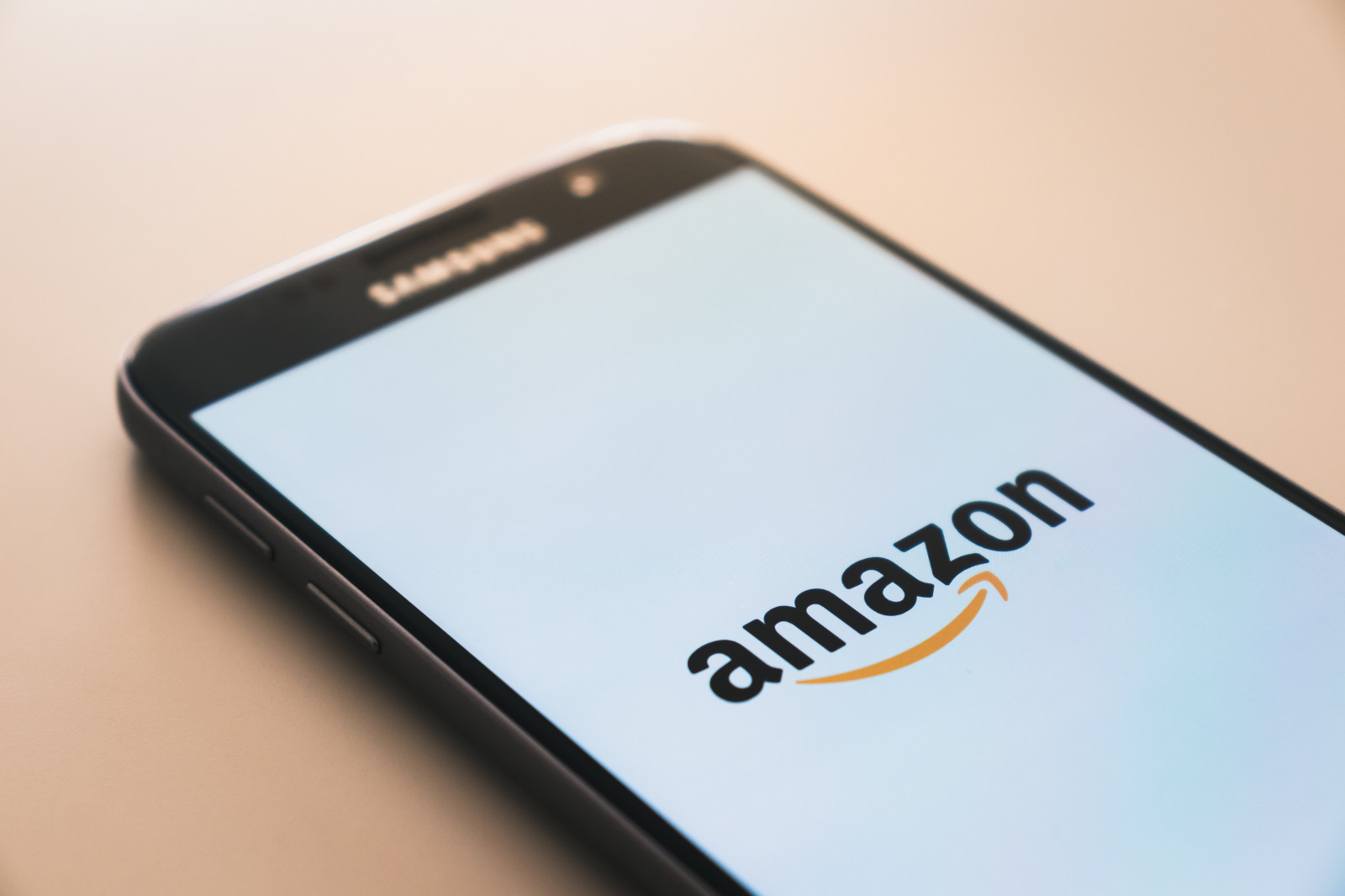Tech’s failure to crack live audio could be radio’s opportunity

Photo: Christian Wiediger

Another live audio app bites the dust. A year after its launch, Amazon Amp is shutting down, being buried alongside Spotify Live and Clubhouse (at least in its original form). While Amp recruited major celebrities, like Nicki Minaj and Pusha T, to host shows, it was not immune to industry-wide layoffs that have hit other live audio divisions. Across the board, major platforms have struggled to revive live audio after lockdown, demonstrated by Spotify, Facebook, and Reddit shutting down their live audio efforts. Even live audio’s kickstarter, Clubhouse, recently pivoted its entire service to voice messaging. So what’s next for live audio? With little competitors in the space, this could be the opportunity for live audio’s original format –radio –to expand its place in the digital economy.
It is not the content, it is the packaging
As life resumed post-lockdown, the spontaneity and sense of connection that spurred live audio’s popularity was perhaps no longer needed. However, in an on-demand world where content is ubiquitous, it is live experiences that have become scarce (even in a post-lockdown world), and thus, valuable. Moreover, in the fragmented digital economy, creators of all types are struggling to build sustained audiences. Putting both these things together, live audio gives creators the space to speak directly with their fans and create scarce moments that become lasting memories. For instance, Niall Horan joined a fan show on Amazon Amp, creating an intimate fan moment that cannot be replicated with on-demand content.
So perhaps it is not the format of live audio itself, but the effort to make what should be a feature into its own standalone platform. Amazon Music spokesperson Rebecca Silverstein explained, "We learned a lot about how live music communities interact in the process, which we are bringing to bear as we build new fan experiences at scale in Amazon Music”. This suggests that perhaps Amazon’s Amp’s foundational features will be integrated into Amazon Music in situations that make sense, such as an album listening party. A Spotify spokesperson made similar comments when the company shut down its live audio app, noting that “there is a future for fan-creator interactions in the Spotify ecosystem; however, based on our learnings, it no longer makes sense as a standalone app”. This could explain how Twitter Spaces and LinkedIn’s live audio in-app features have survived.
Featured Report
Podcasts as a key information source Implications for media companies
Podcasts have begun to rival traditional media as a key source of news and political information for podcast listeners, especially among millennials and Gen Z. To stay relevant, traditional media must...
Find out more…Can radio step into live audio’s shoes?
At its core, live audio is essentially a mobile version of radio, the only true live audio entertainment in the market. Moreover, many radio stations have cultivated strong fandom.Yet so far, despite several attempts, no major audio platform has been able to successfully translate the live component of radio into the streaming world.
Those platforms’ loss is radio’s opportunity. Broadcasters could enter the live audio market in a two key ways;
Alerting the audience: Although major broadcasters have transitioned live broadcasts to mobile apps, like Global Player and BBC Sounds, these apps are missing one crucial feature: alerts. A key part of Clubhouse’s rise was its alerts to users about conversations happening right at that moment, sparking excitement and fear of missing out. Radio could even expand its live broadcast reach beyond their apps to Instagram Live, YouTube, or even strike partnerships to integrate on streaming platforms, like Spotify — again, recognising that live audio may work best as a feature on other platforms, rather than as a standalone app.
Leaning into talent: Radio can leverage its longstanding access to major celebrities and talents to reach new audiences. Despite radio’s overall decline in listenership, its interviews are still valuable to listeners, as major broadcasters have repurposed them in radio videos, earning hundreds of thousands of views. Radio can simulcast these conversations as live audio to reach digital audiences.
Radio’s future requires content and format experimentation but its foundational live broadcasts have potential to take over the live audio space that major tech platforms are unable to crack.
Look out for MIDiA’s upcoming audio report on the future of radio, out this month!

The discussion around this post has not yet got started, be the first to add an opinion.